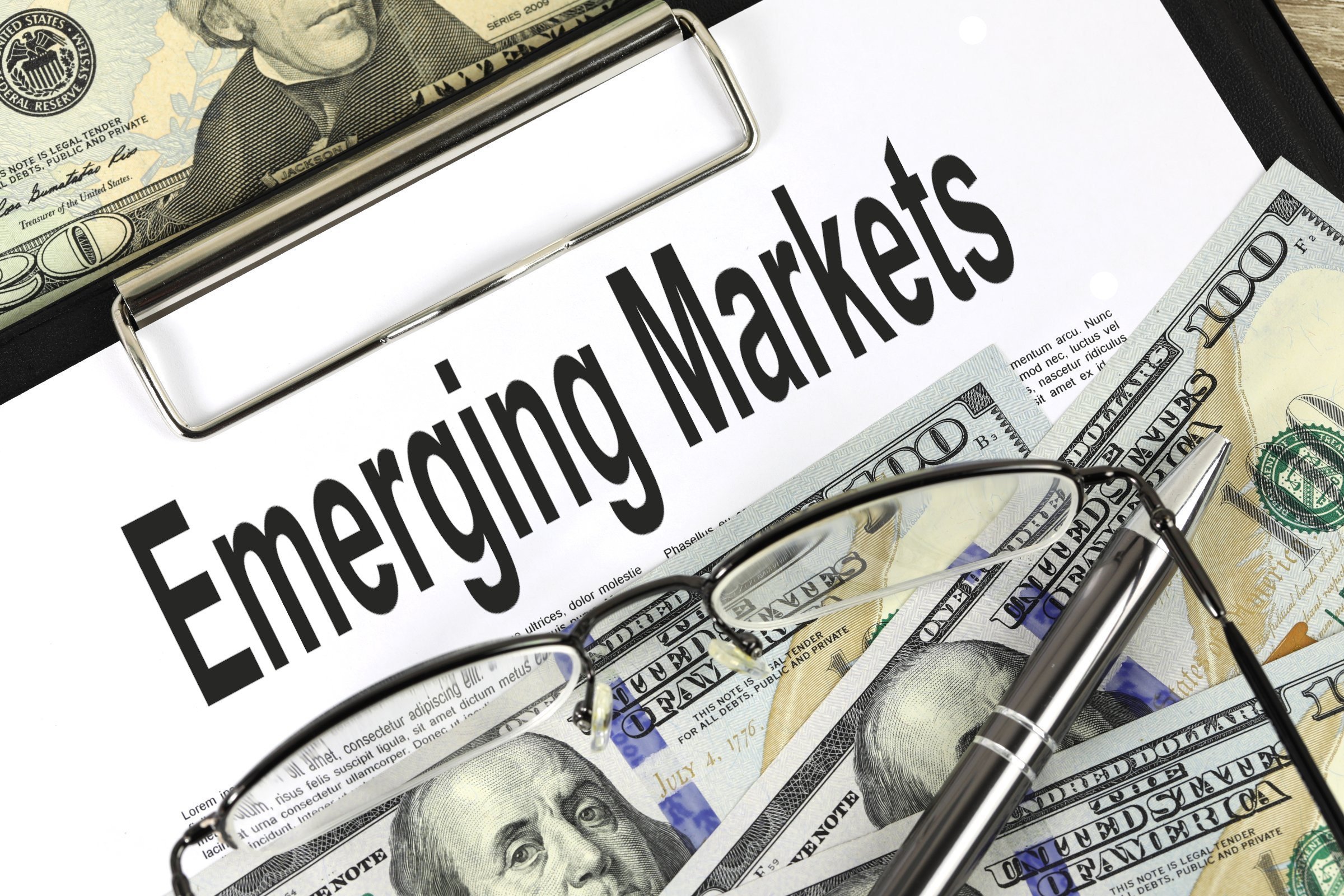Is the worst for emerging markets behind us?

A commentary by Pramol Dhawan, Head of Emerging Markets and Lupine Rahman, Head of EM Sovereign Credit at PIMCO on the outlook for emerging markets
Despite an unprecedented confluence of shocks, emerging markets have demonstrated resilience, with little sign of a full-scale crisis. As an asset class, emerging markets appear to be poised for stronger performance. High real rates in emerging markets, or adjusted for inflation, mitigate contagion risks from further US Federal Reserve (Fed) interest rate hikes and the effects of a strong dollar. The reopening of the Chinese economy provides a significant boost and the peaks in inflation and fiscal pressures appear to have been passed. We are overall increasingly positive on emerging markets and some local emerging market debt in particular. However, we remain cautious until the monetary policy outlook becomes clearer, as much depends on the Fed's ability to contain inflation and China's ability to stimulate economic activity.
Emerging markets are downside resilient and central banks have acted appropriately
Virtually everything to hurt emerging markets has happened in 2022, with pandemic pressures exacerbated by war in Ukraine, rapid rate hikes by the Fed, high energy and food prices, zero-COVID policy of China, the rise of populist regimes and unresolved climate problems. However, most emerging countries have recovered to pre-pandemic GDP levels. Leverage in emerging markets remained under control, with debt broadly stable relative to GDP.
This resilience is likely to continue in 2023. Emerging markets have benefited from proactive central banks which, unlike in past episodes, have prioritized inflation control over growth and even ahead of developed countries, raising real rates well above neutral levels. As a result, while headline inflation is still elevated, the peak appears to be behind us with core inflation in emerging markets more in line with developed country data. Looking ahead, high implied real rates in emerging markets mean that officials in these countries are likely to remain vigilant. This should keep inflation expectations anchored and below inflation targets through 2024.
Emerging markets today borrow predominantly in local currencies and with longer maturities than in the past. This, together with the growth in emerging market government saving, helps to minimize external refinancing risks and the impact of rising US rates on borrowing costs and debt sustainability.
Structural features are becoming cyclically relevant and supportive
The EM trade balance is mainly financed by foreign direct investment (FDI) flows. These tend to be more stable than the volatile market flows of the post-2008 global financial crisis (GFC) era, characterized by quantitative easing by global central banks. FDI flows are being driven by accelerating longer-term forces, such as “nearshoring” in countries like Mexico, the need for energy independence in industrialized countries and climate-related investment in emerging countries. Reducing external imbalances – in the form of fewer overvalued currency pegs and lower external leverage – provides an additional cushion, allowing EM exchange rate to be an outlet for the implications of the Fed's monetary policy cycle.
Emerging markets will benefit from China's reopening
After the global financial crisis, China took over from the United States and Europe as the main driver of emerging market growth, as it transformed itself from an end user of raw materials, to a cog in global production, to a consumer of goods and services of emerging markets, such as tourism. So far, emerging market growth has held up despite China's slowdown. A successful reopening of China would disproportionately benefit emerging markets, even though demand has shifted from commodities to services this cycle. With Chinese growth rising 5%-5.5% year-on-year in 2023 in PIMCO's baseline scenario, emerging markets are likely to hold up even in the event of a (we think) developed world recession.
Our base case suggests that emerging market growth will contract to 3.5% from 5.5% as the slowdown in developed countries deepens and emerging market output gaps narrow. However, this figure does not fully reflect the benefits from China's reopening, which we expect to become established in the first half of 2023 and accelerate in the second half.
The context calls for a focus on downside prevention
Frontier markets appear vulnerable, with some countries excluded from capital markets. The sovereign default rate for this subset of emerging markets is rising, with several countries likely to restructure their debt over the next few years. It is therefore imperative to focus on the potential downsides and have an overall picture in place to address these risks.
We would not be tempted by low quality emerging market credits trading at high yields and instead focus on the investment grade and BB portion of the asset class, which offer a lower risk profile and where forced selling has created value. We believe the worst is behind us for emerging markets and investors may find better opportunities across the emerging markets landscape this year. In particular, we currently favor local emerging market assets in countries with high real rates, such as Brazil; corporate credit in commodity exporting countries; certain emerging market financials; bullish FX positions in countries such as Thailand, which we believe are well-positioned on China's recovery.
This is a machine translation from Italian language of a post published on Start Magazine at the URL https://www.startmag.it/economia/il-peggio-per-i-mercati-emergenti-e-alle-spalle/ on Sat, 25 Feb 2023 06:32:44 +0000.
